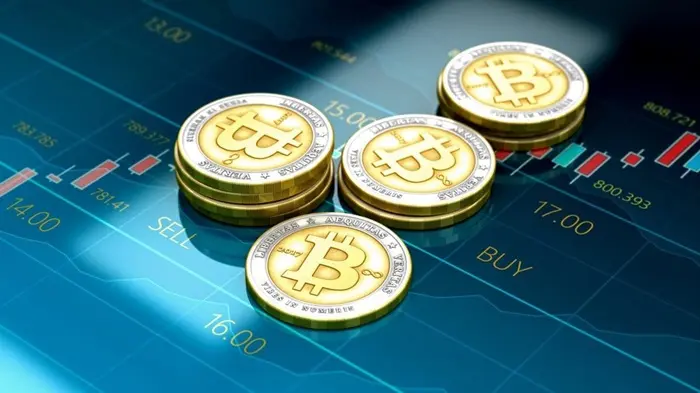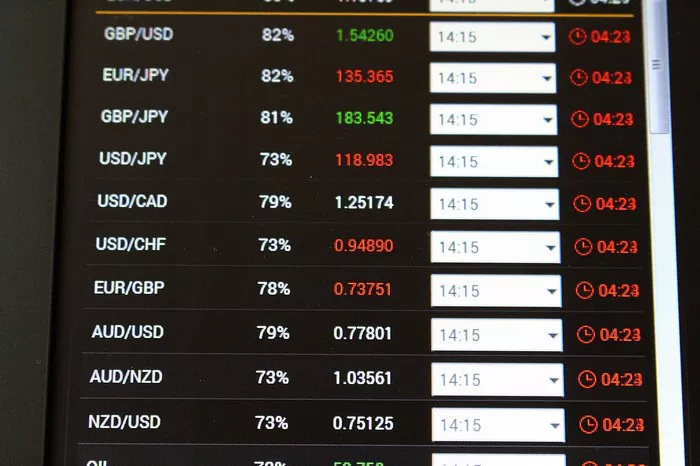Bitcoin Reaches Two-Month Peak
Bitcoin (BTC) surprised investors and analysts with a significant price surge, closing at its two-month high on September 28, nearing $65,500. This rise coincided with a similar upward trend in the S&P 500, which hit a record high on September 26.
Stock Market Influences
Strong economic indicators and measures aimed at boosting investor confidence, particularly in China, have contributed to this stock market rally. However, despite these positive developments, several indicators suggest that Bitcoin has not yet entered a true bull market.
Investor Skepticism and Recession Fears
Many investors remain skeptical about Bitcoin’s recent rally. Some believe the cryptocurrency could face resistance around the $70,000 level. Others are concerned that a potential recession could negatively impact risk-on markets like Bitcoin and other cryptocurrencies.
Bitcoin is still seen by investors as a scarce, sovereign asset. However, its driving forces are different from those in the traditional stock market. Historically, during times of economic uncertainty or recession, investors have turned to safe-haven assets like gold, short-term government bonds, and industry-leading companies.
Retail Investor Interest Lags Behind
Despite Bitcoin’s 21% price increase over three weeks, retail investor interest in digital assets has been slow to pick up. Data from Coinbase’s mobile app shows that while its ranking improved from 482nd on September 14 to 385th on September 28, there is still room for retail demand to grow.
Institutional Investors Lead the Charge
It is primarily institutional investors driving Bitcoin’s recent surge, as seen in the increased inflows into spot exchange-traded funds. However, a closer look at Chinese markets paints a different picture. The demand for stablecoins in China, an important indicator of investor sentiment, has been subdued. USD Tether (USDT) has traded below parity for two weeks, signaling bearish sentiment in the region.
Related topics:






























